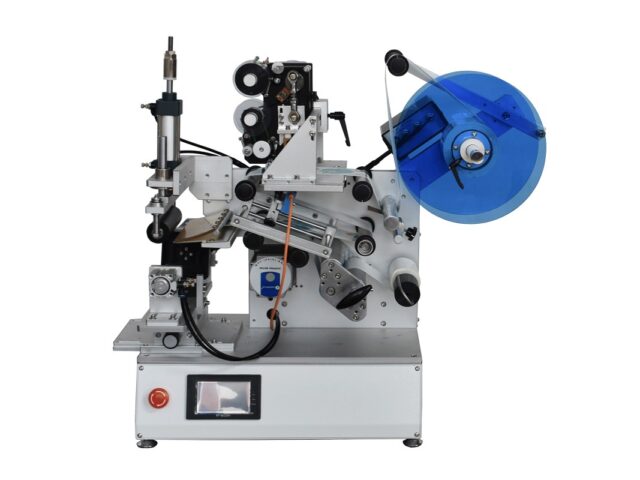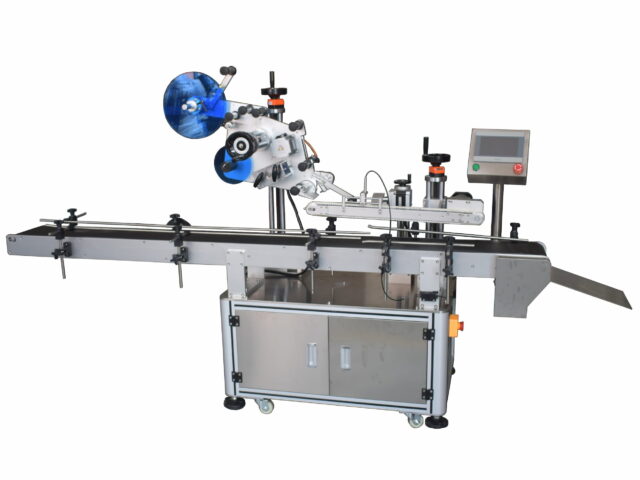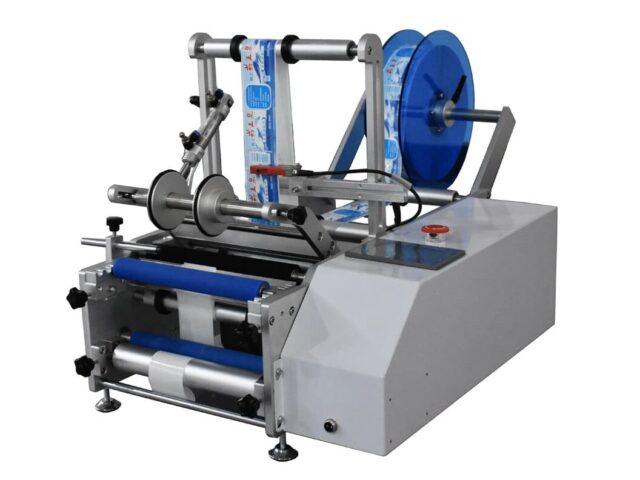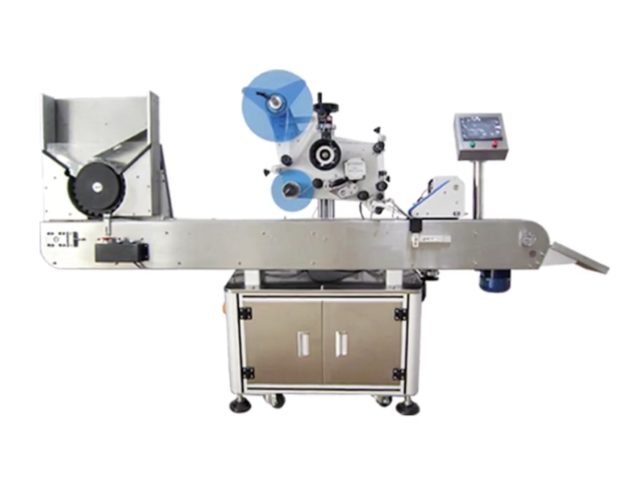Particularly in the case of cosmetics, foodstuffs, and household products, visual appearance creates a strong buying incentive. Appealing side labeling that is perfectly tailored to the packaging plays an increasingly important role in attracting attention to the product, sparking interest, conveying an image and brand message, and in persuading the potential buyer to make a purchase. Moreover, this type of labeling is often used to apply variable data – such as an expiration date, batch number, or list of ingredients – to food packaging, cosmetic and household products, glass and plastic bottles, and cardboard boxes, etc. Regardless of whether the format is flat (e.g. folding boxes), rectangular (e.g. cardboard boxes), or oval (e.g. bottles), it is how the labels look at the point of sale that is important for attracting customers. Labels must therefore be attached perfectly and must be completely free from creases.
In the two-sided labeling process that is frequently used, the product should therefore be centered with precision at the moment the label is applied. In the case of smaller production quantities, the easiest way to achieve this is using a semi-automatic solution. The product is simply placed in a holder and then manually slid on a carriage between two applicators. The product is automatically held in place the moment the label is dispensed. This results in very precise label positioning. There are practically no limits on the product size – only the holder needs to be adapted. The clamping device for the product can be changed in a few simple steps, thus ensuring setup times are kept short when processing varying packaging designs.
In the case of medium and large production quantities, it is recommended to use an automatic system that can satisfy the highest precision requirements. The system utilizes a unique form of centering to ensure precise positioning of the labels as the products pass by. In SHINEBEN systems, the product is held in place and centered during the labeling process itself. To achieve this, the special centering unit travels in sync with the conveyor. Conventional systems, by contrast, perform the tasks of precise product alignment and label application in two separate steps. If the product position changes even only a tiny amount between the centering step and the labeling step, this will have a noticeable impact on the attachment precision of the labels. This problem cannot, however, occur with the SHINEBEN solution. Regardless of whether primary or secondary packaging needs to be processed, SHINEBEN provides cost-effective systems that are appropriate for each area of application.










